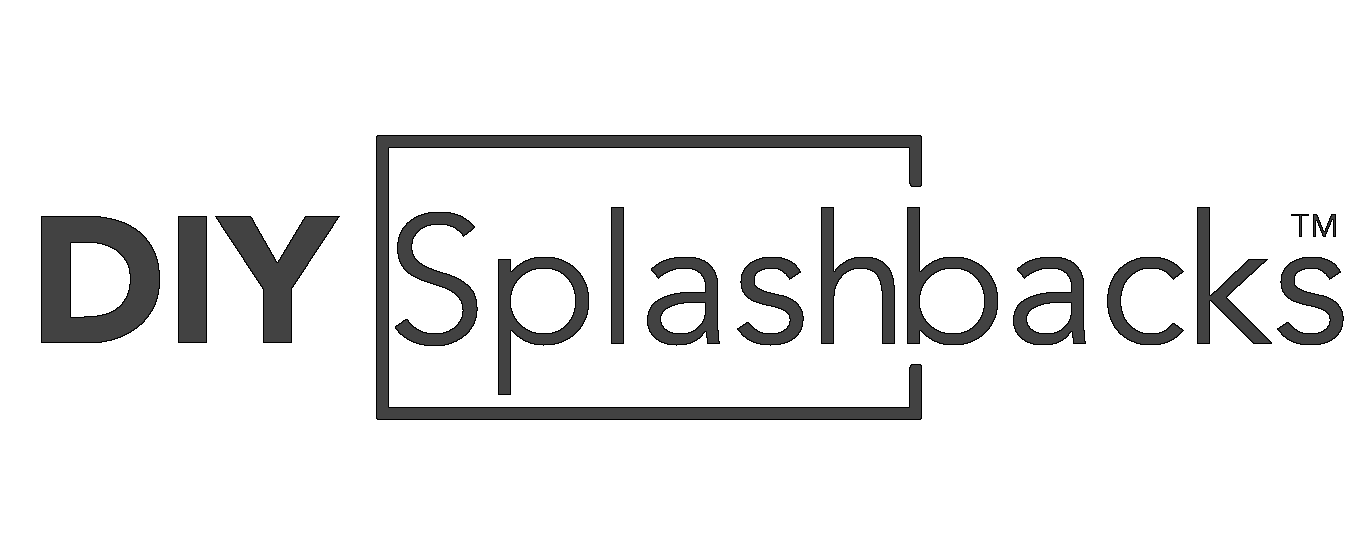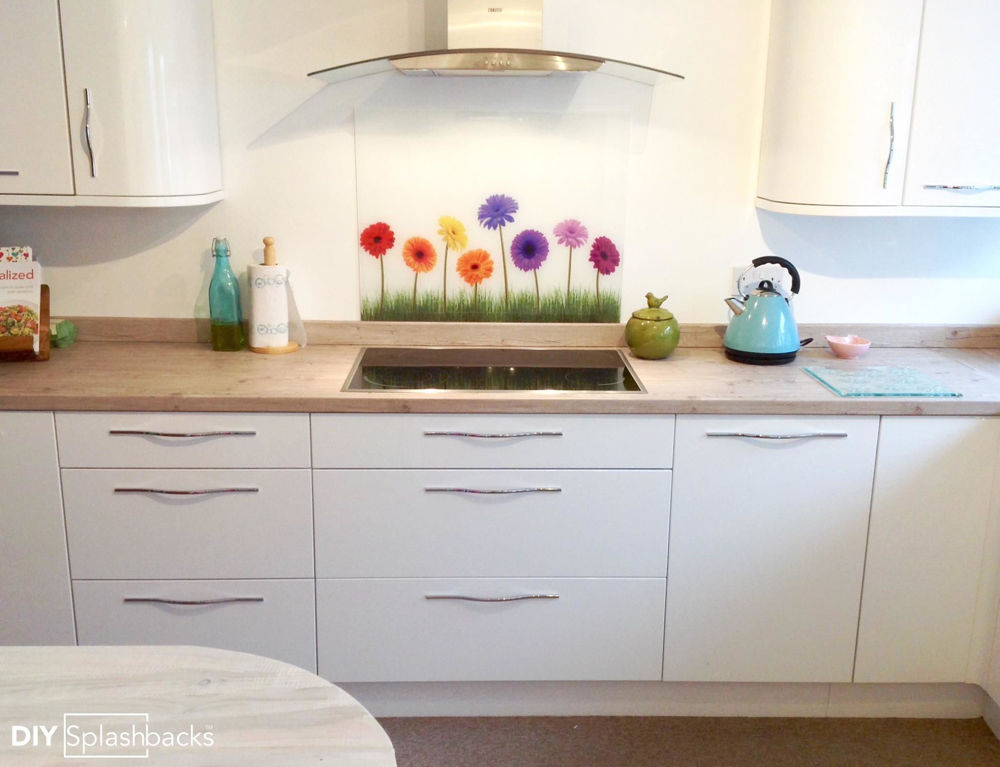The kitchen is often the heart of a home, a place where delicious meals are prepared, and memories are created. As you design or renovate your kitchen, one practical and aesthetic question may arise: should a splashback be wider than the hob? While there is no hard-and-fast rule, this article aims to provide you with valuable insights to help you make an informed decision.
The Purpose of a Splashback
First and foremost, let's understand the purpose of a splashback. A splashback serves as a protective barrier between your cooking area, particularly the hob or cooktop, and the wall behind it. Its primary function is to shield the wall from various kitchen mishaps, including splatters, stains, and moisture. So, the width of your splashback should ideally align with this protective function.
The Case for a Wider Splashback
Effective Protection: A splashback wider than the hob ensures comprehensive protection. It not only guards the area directly behind the hob, where most splashes occur but also extends slightly on either side. This extra coverage catches any stray splashes, ensuring your wall remains pristine and easy to clean.
Aesthetic Balance: Many homeowners prefer a kitchen design that is visually balanced and symmetrical. A wider splashback on both sides of the hob can achieve this symmetry, contributing to a harmonious and appealing kitchen appearance.
Versatile Design: A wider splashback can accommodate various kitchen layouts and designs. It complements both traditional and modern kitchens and provides flexibility for future design changes or appliance upgrades.
Considerations for a Narrower Splashback
Minimalist Look: Some homeowners opt for a more minimalist and streamlined kitchen design. In such cases, a splashback that is just as wide as the hob can create a clean and uncluttered appearance, which can be particularly appealing in modern or contemporary kitchen designs.
Budget Constraints: The size of your splashback may be influenced by your budget and the materials you choose. Larger splashbacks require more materials and may result in higher installation costs. If budget constraints are a concern, a narrower splashback may be a practical choice.
Cleaning and Maintenance: While a wider splashback offers greater protection, it may require more frequent cleaning and maintenance due to its larger surface area. Consider your willingness and ability to maintain the cleanliness of a larger splashback when making your decision.
In conclusion, the question of whether a splashback should be wider than the hob does not have a one-size-fits-all answer. It depends on a combination of factors, including your design preferences, kitchen layout, budget, and practical considerations. However, for effective protection of your kitchen wall and a balanced aesthetic, a wider splashback is often the recommended choice. Ultimately, the decision should align with your unique needs and style preferences, ensuring that your kitchen becomes a functional and visually appealing space where you can enjoy your culinary adventures.

